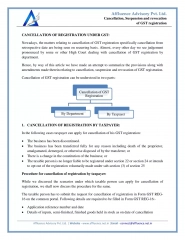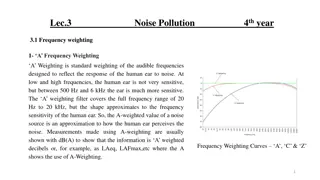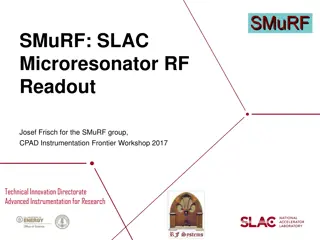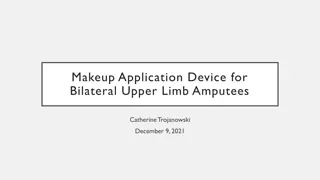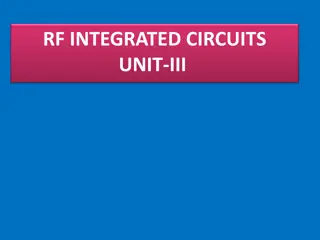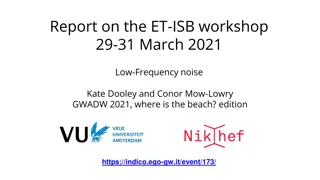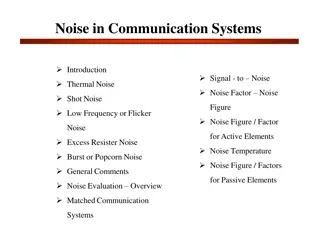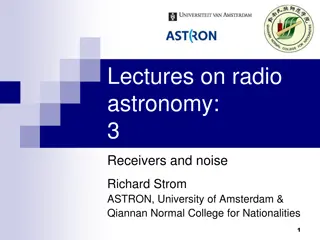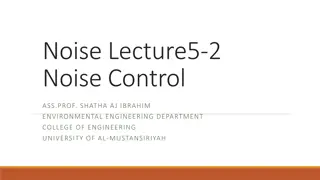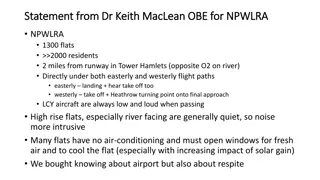Critical Design Review Noise Cancellation Device
This project aims to create a portable device for reducing HVAC equipment noise levels. With objectives like noise reduction by at least 10 dB in specific frequency ranges, this device will utilize key technologies such as Teensy, Electret Microphone Amplifier, and more. The noise cancellation algorithm involves complex steps to identify and counteract noise sources effectively. Fabrication details include constructing a frame to house essential components, while testing phases will evaluate its noise reduction capabilities.
Download Presentation

Please find below an Image/Link to download the presentation.
The content on the website is provided AS IS for your information and personal use only. It may not be sold, licensed, or shared on other websites without obtaining consent from the author.If you encounter any issues during the download, it is possible that the publisher has removed the file from their server.
You are allowed to download the files provided on this website for personal or commercial use, subject to the condition that they are used lawfully. All files are the property of their respective owners.
The content on the website is provided AS IS for your information and personal use only. It may not be sold, licensed, or shared on other websites without obtaining consent from the author.
E N D
Presentation Transcript
Critical Design Review Noise Cancellation Device Peter Gordon, Zach Rohde, Aman Sanghera, Andrew Taylor, and Tanner Brunhoeber
Project Objectives and Purpose The primary purpose for this project is to create a portable device that has the potential to reduce noise created by HVAC equipment. This project has the following objectives: The device will reduce noise by at least 10 dB between 100 Hz and 5 kHz up to 10 feet directly in front of the speakers. The device will be portable and easy to use. The device will be 120 VAC powered.
Key Technologies Teensy 3.1 Electret Microphone Amplifier - MAX9814 with Auto Gain Control SparkFun Mono Audio Amp Breakout - TPA2005D1 6-1/2" Poly Cone Midbass Woofer 4 Ohm Speaker BAFX Products Decibel Meter
Noise Cancellation Algorithm 1. Input: using the Teensy Audio Library (TAL), accumulate samples from ADC. 2. Find the direction of the noise source. 3. Keep a small amount of samples (for a given time interval) for comparisons. 4. Compare the new samples with the stored samples to find any irregularities (i.e. impulses) or major differences. 5. Assuming the samples differ from the stored samples and a new HVAC noise is detected, generate an inverted signal (in antiphase) with the new samples. 6. Assuming the samples do not differ, output the existing stored samples in antiphase. 7. In order to create antiphase, apply Hilbert transform (TAL) to obtain real and imaginary parts of the samples. 8. Use the imaginary part to create the antiphase samples. 9. Output: antiphase samples via the DAC using TAL.
Fabrication of Frame Primary housing of speakers and microphones will be in a 2 foot by 2 foot wood frame. A 1 foot by 1 foot box will be attached to the frame and it will house the Teensy and the power supply. The frame will be attached to 2 feet long legs and a 2 foot by 4 foot piece of plywood. Caster wheels will be used to make the device mobile. Wiring to connect the devices to power and each other will be placed on the back of the frame.
Testing Initial Testing
Testing cont. Final Testing Measurement at 10 away, exactly in the center of speakers will quantify result and be compared to client s requirement of 10 dB noise reduction at 10 Other measurements will be taken to help qualify success of device
Current Status Completed the Anechoic Chamber using the sound cancelling foam previously purchased. Started testing on the single microphone and speaker using GNURadio. From the GNURadio algorithm, started determining which components of the Teensy Audio Library will be used.
Challenges Hardware o Hardware failure Perform extensive testing and leave enough time to order replacement parts. Teensy not powerful enough Overclocking processor from 72 MHz to 96 MHz. Order two Teensies and move two microphones and speakers to the new Teensy. Software o Teensy Audio Library not extensive enough Find the component required via existing sources (in C language) and add to the algorithm. o Arduino library contains too much overhead Switch from using the Arduino library to standard C microcontroller programming. o
Challenges (continued) Fabrication Noise coming out of the back of the speaker Placing sound-absorbing foam on the backside of speakers Weight of the top frame may cause the overall frame to tip over Additional wood support added to bottom legs. Additional weight placed on bottom piece of plywood. Noise caused by length of wiring to reach components Twisted pairs. Management Ensuring we meet the client s goals Stay in contact with the client.


